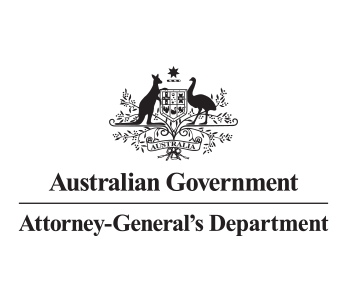Recovery and debt management processes
Summary
These are processes that identify and recover debts owed by staff, customers and third parties.
Why this countermeasure matters
A lack of recovery and debt management processes may lead to:
- not being able to identify or recover debts
- individuals being less deterred from committing fraud
- increasing levels of fraud over time
- repeated or endemic non-compliance or criminals reoffending
- improper debts being raised.
How you might apply this countermeasure
Some ways to implement this countermeasure include:
- procedures to immediately retrieve incorrect or fraudulent payments with the help of the Reserve Bank of Australia or financial institutions
- recording and recovering debts arising from non-compliance
- recording and recovering staff overpayments
- obtaining refunds from suppliers if contract obligations are not met
- working with the multi-agency Criminal Assets Confiscation Taskforce
- recovering the proceeds of fraud under the Proceeds of Crime Act 2002
- requiring vendors to provide a rebate if contract obligations are not delivered or fraud occurs
- including clawback (recovery) clauses in contracts and agreements
- using the Criminal Assets Confiscation Taskforce.
How to check if your countermeasures are effective
To measure the effectiveness of this type of countermeasure:
- confirm legislation/policy exists to support the recovery of stolen funds or fraudulent payments
- confirm processes/systems are in place to support the recovery of stolen funds or fraudulent payments
- review debt recovery processes to see if they conform to national guidelines and frameworks
- review data on debt recovery
- confirm statistics on debt recovery are reported on
- determine the timeframes for recovering stolen funds or fraudulent payments
- consider if delays would reduce the ability to recover all the money.
Related countermeasures
This type of countermeasure is supported by:
Legislation and policy can help prevent, detect and respond to fraud, such as by outlining clear rules, regulations and criteria, allowing entities to collect, use and disclose information and allowing entities to enforce penalties and recover fraud losses.
Develop clear instructions and guidance for activities and processes, such as instructions for collecting the right information to verify eligibility or entitlements, procedures to help staff apply consistent and correct processes and guidance to help staff make correct and ethical decisions.
These are penalties for customers, staff or third parties that commit fraud or do not comply with rules, processes and expectations.


